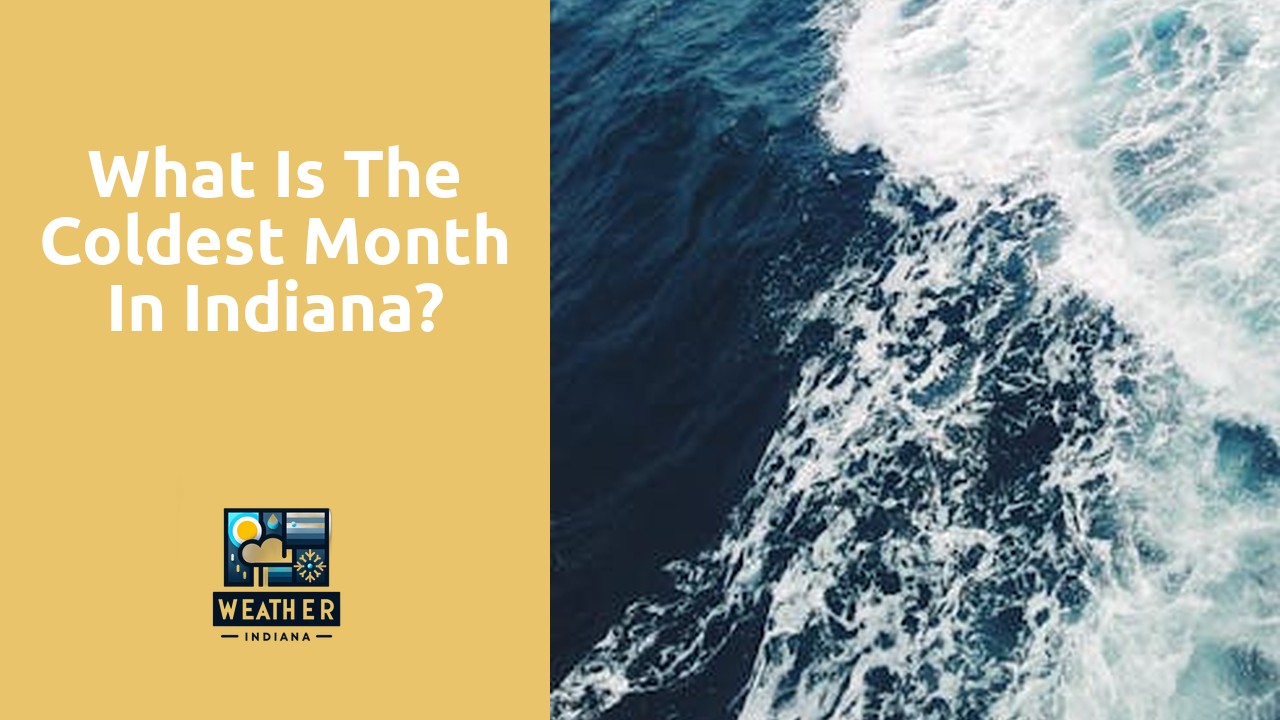Table Of Contents
Historical Climate Data in Indiana
Indiana experiences a diverse range of weather patterns throughout the year, with significant variations in temperature between seasons. Studying historical climate data in Indiana provides valuable insights into the typical weather conditions that residents can expect. In particular, understanding the coldest month in Indiana helps individuals and communities prepare for extreme winter conditions.
Historical climate data reveals that January is typically the coldest month in Indiana, with frigid temperatures and occasional snowfall. This information is crucial for residents to plan ahead and take necessary precautions during this period of harsh weather. By analyzing past trends in cold weather patterns, people can better equip themselves to cope with the challenges of winter and ensure their safety and well-being.
Exploring Trends in Cold Weather Patterns
Exploring trends in cold weather patterns in Indiana reveals interesting insights into the state’s winter climate. Over the past few decades, there has been a noticeable fluctuation in temperatures during the coldest months. This fluctuation has led to variations in the severity and duration of cold spells experienced across different regions of Indiana.
Statistical analysis of historical data shows a general trend towards milder winters in recent years, with a shift in the timing of the coldest month. While January traditionally held the title of the coldest month in Indiana, there is now a tendency for February to exhibit colder temperatures. This shift has implications for various sectors, including agriculture, transportation, and public health, as they adapt to the changing patterns of cold weather in the state.
Climate Change Impact on Indiana’s Winter Temperatures
Climate change has had a notable impact on the winter temperatures experienced in Indiana over the past few decades. Data indicates that winters in the state have been milder, with a decrease in the frequency of extremely cold days and an increase in the number of days with above-average temperatures. This shift has been observed across the state and has implications for various sectors, including agriculture, public health, and infrastructure.
The changing winter temperatures in Indiana also have consequences for the environment and wildlife. Warmer winters can disrupt ecosystems, affecting the migration patterns and behavior of various species. Additionally, the reduction in cold days can impact winter sports and recreation activities that rely on consistent snow and ice conditions. As Indiana continues to experience shifts in its winter climate due to ongoing climate change, it becomes increasingly important to monitor these changes and adapt strategies to mitigate potential risks and challenges.
Considering LongTerm Shifts in Cold Months
Long-term shifts in cold months can have significant implications for the residents of Indiana. As average temperatures gradually change over the years, the coldest month in the state may no longer adhere to historical patterns. This deviation from the norm can affect various aspects of daily life, from outdoor activities to energy consumption and infrastructure maintenance.
To adapt to these evolving conditions, it is essential for individuals and communities to remain vigilant and proactive. Monitoring weather forecasts and staying informed about climate trends can help prepare for potential fluctuations in cold weather patterns. Additionally, implementing sustainable practices that reduce carbon emissions and promote environmental conservation can contribute to mitigating the impacts of climate change on winter temperatures in Indiana.
Tips for Dealing with Cold Weather in Indiana
To properly deal with the cold weather in Indiana, it is essential to be adequately prepared. One of the first steps is to ensure that you have appropriate winter clothing such as a heavy coat, gloves, hat, and boots. Layering your clothing can help trap heat and keep you warm in the chilly temperatures. It is also crucial to keep your home well-insulated to retain heat and prevent drafts. Using draft stoppers under doors and sealing windows can significantly contribute to maintaining a comfortable temperature indoors.
Moreover, it is advisable to stock up on essential supplies in case of severe weather conditions. Having a supply of non-perishable food, water, blankets, flashlights, and batteries can be crucial during power outages or when traveling in icy conditions. Additionally, it is essential to stay informed about weather forecasts and road conditions to ensure safe travel during the winter months. Being proactive and taking necessary precautions can make a significant difference in how you navigate and stay safe during cold weather in Indiana.
Preparation and Safety Measures
When preparing for cold weather in Indiana, it is essential to have a well-stocked emergency kit in your home and vehicle. The kit should include items such as blankets, non-perishable food, water, a first aid kit, a flashlight, extra batteries, and any necessary medication. Additionally, be sure to keep your gas tank at least half full at all times to prevent fuel line freeze-up.
To stay safe during cold weather, dress in layers to trap heat and protect yourself from frostbite. Make sure to wear a hat, gloves, scarf, and waterproof boots to stay warm and dry. When using a fireplace or space heater, follow all safety instructions and ensure proper ventilation to prevent carbon monoxide poisoning. Lastly, be aware of weather forecasts and road conditions before traveling in case of any winter storms or hazardous conditions.
FAQS
What is the coldest month in Indiana?
The coldest month in Indiana is typically January, with temperatures often dropping below freezing.
Does Indiana experience extreme cold weather during winter?
Yes, Indiana can experience extreme cold weather during the winter months, with temperatures occasionally plummeting well below zero degrees Fahrenheit.
How does the coldest month in Indiana impact daily life?
During the coldest month in Indiana, residents may need to take precautions such as dressing warmly, ensuring proper insulation in their homes, and being aware of potential hazards like icy roads.
Are there any specific weather patterns that contribute to the cold temperatures in Indiana?
Cold temperatures in Indiana are often influenced by Arctic air masses that move southward, bringing frigid conditions to the region.
What are some tips for staying safe and warm during the coldest month in Indiana?
Some tips for staying safe and warm during the coldest month in Indiana include dressing in layers, staying indoors during extreme cold spells, and being prepared for potential power outages.

